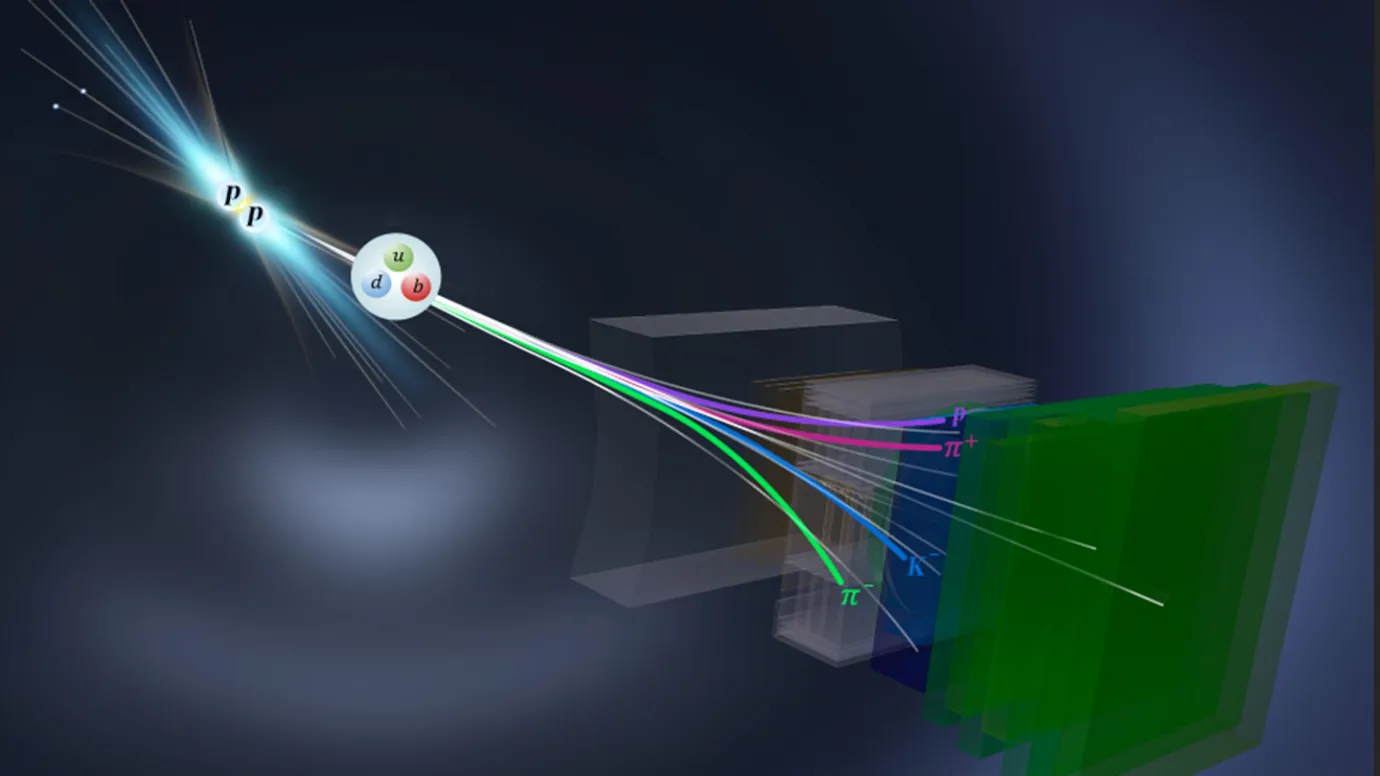



Using the James Webb Space Telescope, scientists discovered surprising wave patterns near Jupiter’s Great Red Spot. These gravity waves rise from deep storms and shape the upper atmosphere. The Great Red Spot, a massive high-pressure storm, spins fiercely, lasts long due to Jupiter’s gas makeup, and changes shape and color over time.

Copyright infringement not intended
Surprising 'shapes' discovered near Jupiter’s Great Red Spot
Scientists used the James Webb Space Telescope (JWST). They used an instrument called the Near-Infrared Spectrograph (NIRSpec) to study the light coming from Jupiter’s upper atmosphere.
Scientists found complex wave patterns and structures caused by something called gravity waves, which happen when air or gas moves in layers, creating ripples. On Jupiter, these waves form deep in the stormy lower atmosphere around the Great Red Spot. Then, they travel upward and affect the upper atmosphere.
It is a massive storm in Jupiter’s Southern Hemisphere. Unlike hurricanes on Earth, which spin because of low pressure, this storm spins the other way because of high pressure.
The red color could come from chemicals in Jupiter’s atmosphere reacting with sunlight.
It is about 15,400 miles wide, which is almost twice the size of Earth.
The winds inside the Great Red Spot reach speeds of about 270 miles per hour.
The Great Red Spot lasts so long because Jupiter is mostly made of gas. It doesn’t have a solid surface like Earth. On Earth, hurricanes lose their energy when they hit land. But since Jupiter doesn’t have land, the storm keeps going.
It changes its shape, size, and even color over time. Sometimes it gets smaller or stretches out. Its color can become brighter or fade. For example, in recent years, scientists noticed the storm shrinking. This shows that even though it’s long-lasting, it’s not completely stable.
Source:
|
PRACTICE QUESTION Q. In the question given below, there are two statements marked as Assertion (A) and Reason (R). Mark your answer as per the codes provided: Assertion (A): The Great Red Spot’s persistence results from Jupiter’s lack of a solid surface. Reason (R): Without surface friction, atmospheric storms on Jupiter face less dissipation compared to Earth. Which of the options given below is correct? A) Both A and R are true, and R is the correct explanation for A. B) Both A and R are true, but R is not the correct explanation for A. C) A is true, but R is false. D) A is false, but R is true. Answer: A Explanation: Assertion (A) is True: One of the primary reasons scientists cite for the incredible longevity of the Great Red Spot (lasting centuries) is that Jupiter, being a gas giant, has no solid surface. On Earth, large storms like hurricanes rapidly lose energy and dissipate due to friction when they move over land. The absence of this landmass interaction on Jupiter allows storms to persist for much longer periods. Reason (R) is True: Surface friction is a significant factor in the dissipation (weakening) of storms on Earth, especially when they make landfall. Because Jupiter lacks a solid surface, its atmospheric storms do not experience this type of energy loss, contributing to their potential longevity compared to terrestrial storms. The Reason (R) directly explains the mechanism by which the lack of a solid surface (mentioned in Assertion A) contributes to the persistence of storms like the Great Red Spot. The lack of surface leads to less friction, which leads to less dissipation, thus enabling longer persistence. |











© 2025 iasgyan. All right reserved